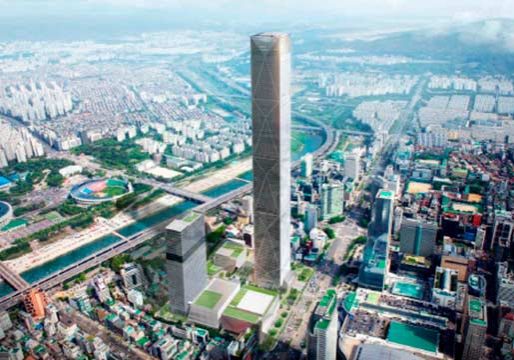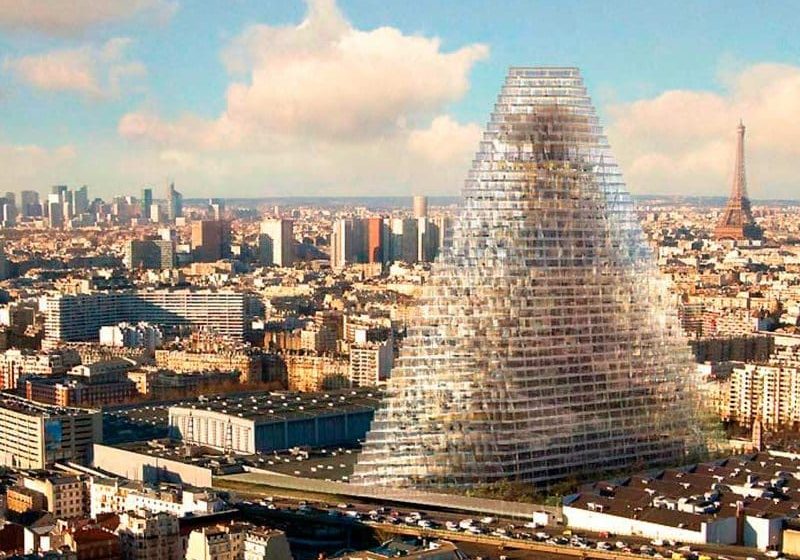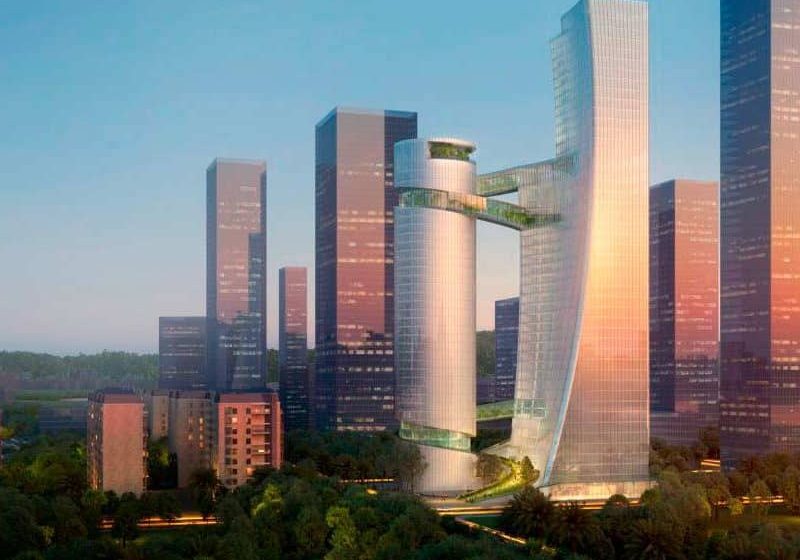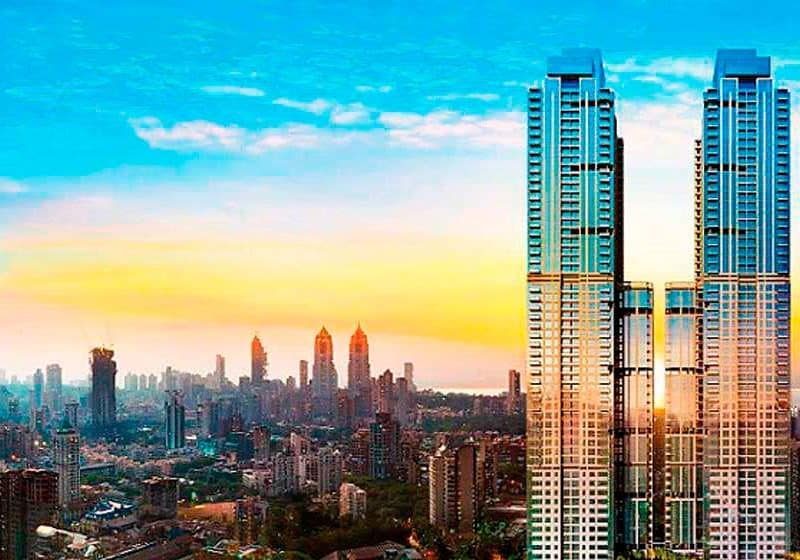Rwanda Rising
Jul 1, 2019

Data is scarce on emerging VT market, but opportunity abounds.
Rwanda’s real estate market is growing, triggering demand for vertical-transportation (VT) solutions to serve commercial and residential buildings rising in this landlocked country.
Its VT industry is not as robust as those of neighboring East African markets and relies heavily on real-estate trends to grow. Like other markets in the region, Rwanda lacks precise data on the number of units installed and the many small VT companies operating within it. No reliable record exists of suppliers and installers of elevators and escalators in Rwanda, with most listed in the electrical-engineering firm category.
Elevator companies in Rwanda are expected to take advantage of the ongoing construction boom in the country to supply new units or scale up their share of the maintenance/ modernization market.
According to the Rwanda Development Board (RDB), a government agency that promotes investment in Rwanda, the real estate sector has been the key driver of the country’s 7% economic growth for the past 10 years. The sector has grown, on average, 9.4%, thanks to sustained expansion of public and private works, according to the board. In the past 13 years, investment in real estate has grown from US$100 million to US$480 million, driven by the following factors outlined by the RDB:
- Population growth
- An emerging and growing middle class
- Increased diaspora investment in the Rwandan property market
- Government investment in modernizing urban and rural infrastructure
In addition, demand for affordable housing has been on the rise due to increased population growth, coupled with an emerging and growing middle class, the board says, adding that, in Kigali annual demand for affordable housing is estimated at more than 16,900 [units] by 2020. RDB states:
“Among the notable opportunities in the real-estate and construction sector is the implementation of the Kigali master plan, which entails a broad vision and guidelines for the entire city. The plan serves as the basis for more specific planning for its three administrative districts and the CBD targeting achievement of advanced sustainability in land use, infrastructure, environment, society and economy.”
Although demand for office and retail space, especially in Rwanda’s capital, Kigali, is significantly less compared to that of regional cities such as Nairobi, Kenya; Dar es Salaam, Tanzania; and Kampala, Uganda, the current wave of construction in the country is likely to create opportunities for VT manufacturers and suppliers.
Rwanda’s VT industry is dominated by products from global market leaders such as Otis and KONE, the latter of which acquired Uganda-based Marryats East Africa a few years ago.
Rwanda’s VT industry is dominated by products from global market leaders such as Otis and KONE, the latter of which acquired Uganda-based Marryats East Africa a few years ago. The acquisition gave it a foothold in Rwanda, where the former company was an active industry player. Other Rwanda market players include East African Elevators Ltd., Giant Elevators (which supplied elevators for Kigali City Tower), Canny Elevator Co., Ltd., which installed elevators at the Rwanda government’s eight-story administrative office, Hosting Elevator, Universal Elevator Rwanda Ltd. and Multitech Elevator Services Ltd. in partnership with Suzhou Asia Fuji Elevator Co., Ltd.
Some of the major infrastructure projects that have boosted the VT industry include Bugesera International Airport, located 30 km from Kigali; the ICT Park at Kigali Special Economic Zone; the Kigali Heights office development by Fusion Capital; SORAS Towers, offering office space and a shopping mall; Cogebanque headquarters and Nobelia office tower, deemed Rwanda’s first large-scale green building being developed by Habi Ltd. and Eris Property Group. These developments will expand available office and retail space in Kigali, joining modern tall buildings in the city such as Kigali City Tower, which is the city’s tallest at 234 ft.; Grand Pension Plaza; Makuza Peace Plaza and Centenary House. There are at least 20 buildings in Kigali rising above 21 m, ranging from six to 20 floors.
Unlike other markets in East Africa, such as Kenya, Tanzania and Uganda, Rwanda presents a unique opportunity for property developers, such as those keen on constructing megamalls and office space. To encourage that, the Rwandan government established the City of Kigali One Stop Centre for Construction, which makes it possible for a developer to obtain all construction permits under one roof in 21 days or less.
Despite the difficulty in obtaining reliable data on elevator and escalator equipment in Rwanda, partly because of poor company reporting and lack of a professional body for regulation of standards and industry-focused organization, the government has provided property developers with standards for all VT products and services. The Rwanda Housing Authority (RHA), under the Ministry of Infrastructure, provided the Rwanda Building Control Regulations for elevators, including inspection procedures and certification criteria. RHA requires that:
- Passenger lifts be maintained and inspected once every six months by a qualified engineer
- A certificate be issued by the engineer to the one-stop center office confirming that the lift installation is in safe working order
- During elevator installation, all elevators be enclosed in shafts or wells and constructed with reinforced concrete or any other approved fire-resisting materials, except in panoramic lifts
Furthermore, RHA requires the motor chamber or any enclosure housing the elevator operating gear be impervious to moisture, fully enclosed and have approved incombustible materials that are cross-ventilated or adequately ventilated “to the satisfaction of the [office],” which issues all permits for building construction in Kigali.
“The design and construction of the lift shaft or well shall satisfy the requirements in sub-articles 3.2.3.2 and 3.2.3.4 of the Rwanda Building Control Regulations,” adds RHA. Sub-article 3.2.3.2 requires all “load-bearing structures of a building above the foundations be capable of sustaining and transmitting the dead load, imposed loads and the horizontal or inclined forces to which it may be subjected, without exceeding the appropriate limits of stress for the materials of which it is constructed without excessive deflection.” Similarly, sub-article 3.2.3.4 provides that all “structural work in reinforced concrete shall be deemed sufficient for the purpose of sub-article 3.2.3.2, and where the design and construction are based upon the relevant recommendations in the approved Construction Code of Standards.”
Growth of Rwanda’s property market is in its infancy. With the existing Urban Policy 2015 and other construction-sector blueprints — such as the Kigali master plan — the country’s VT market is likely to play a key role in the expansion of the national economy in the long term.
Get more of Elevator World. Sign up for our free e-newsletter.









